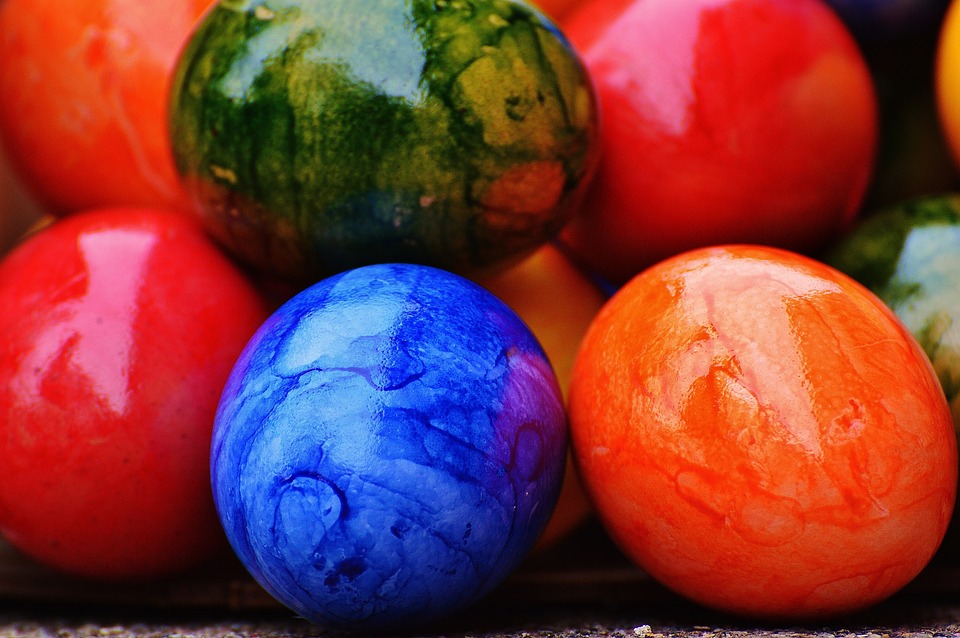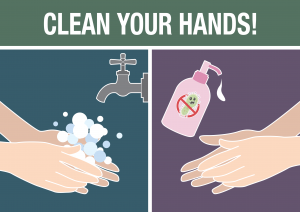How to Make a Rubber Egg
Here’s an April Fools idea: Scream “Quick! Catch!” at someone as you throw them an egg. With their slow reflexes, the egg will tragically fall to the floor.
Scream “Quick! Catch!” at someone as you throw them an egg. With their slow reflexes, the egg will tragically fall to the floor.
BUT, instead of smashing when it reaches the ground, it will bounce back up. Surprise, surprise! It’s a rubber egg!
Today, we are going to teach you how you can make a bouncy rubber egg yourself.
Step 1: The ingredients
The good news is that you’ll need only need three ingredients for this recipe: an egg, vinegar, and food coloring. (The food coloring is optional.)
You will also need some sort of a container, preferably, a plastic cup or even a glass jar.
Step 2: Making the rubber egg
Once you have your ingredients, the rest is quite easy. Simply, fill the cup with vinegar and put the egg in.
The chemicals in the vinegar and the chemicals inside the egg mix in such a way that will make the shell disappear and turn the inside to rubber. It’s like magic!
Step 3: Leave the egg in the vinegar for 2-7 days
Here’s how it works. The bubbles that you see in vinegar are carbon dioxide. The egg itself is calcium carbonate and, finally, the vinegar is an acetic acid.
Together, these chemicals create a special reaction which causes the shell of the egg to disappear!
The reaction is slow to happen, which is why you must leave the egg completely untouched in the cup for a full two days! Two days is the minimum amount of time. If you want the best results, we recommend leaving it for seven.
The food coloring, of course, will change the color of the egg. Therefore, if you want to play a really good practical joke on someone, we recommend that you don’t use any food coloring!
Or use beige color. That way they think it is a real egg!
Get creative with your experiment
You can change the consistency of the rubbery-ness or the timing, but using different types of vinegar and even different types of egg.
Some vinegar products are more concentrated than others. Therefore, the reaction happens a bit faster. Some day it can take as fast as two days!
Have fun experimenting with your rubber egg. Maybe see if organic eggs take to the vinegar differently than non-organic ones do!
Before you get started…
Don’t leave just yet! Before you go about your practical joke, there are a few safety rules to keep in mind.
For example, always wash your hands thoroughly with soap and water after handling an egg. They can contain a salmonella bacteria which can make you ill!
Also, don’t rub your eyes or come into contact with your face after touching vinegar. It can irritate your eyes!
And last but not least, if you want to learn about other science projects that you can conquer, click here for some more cool ideas.
Have fun enjoying the magic of science and your rubber egg!
More blog articles.





